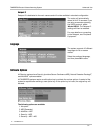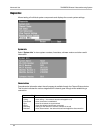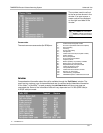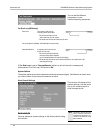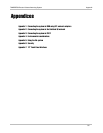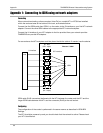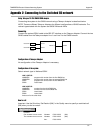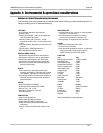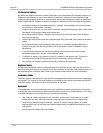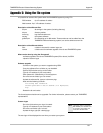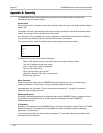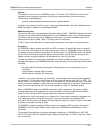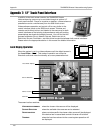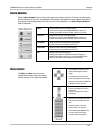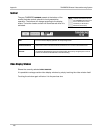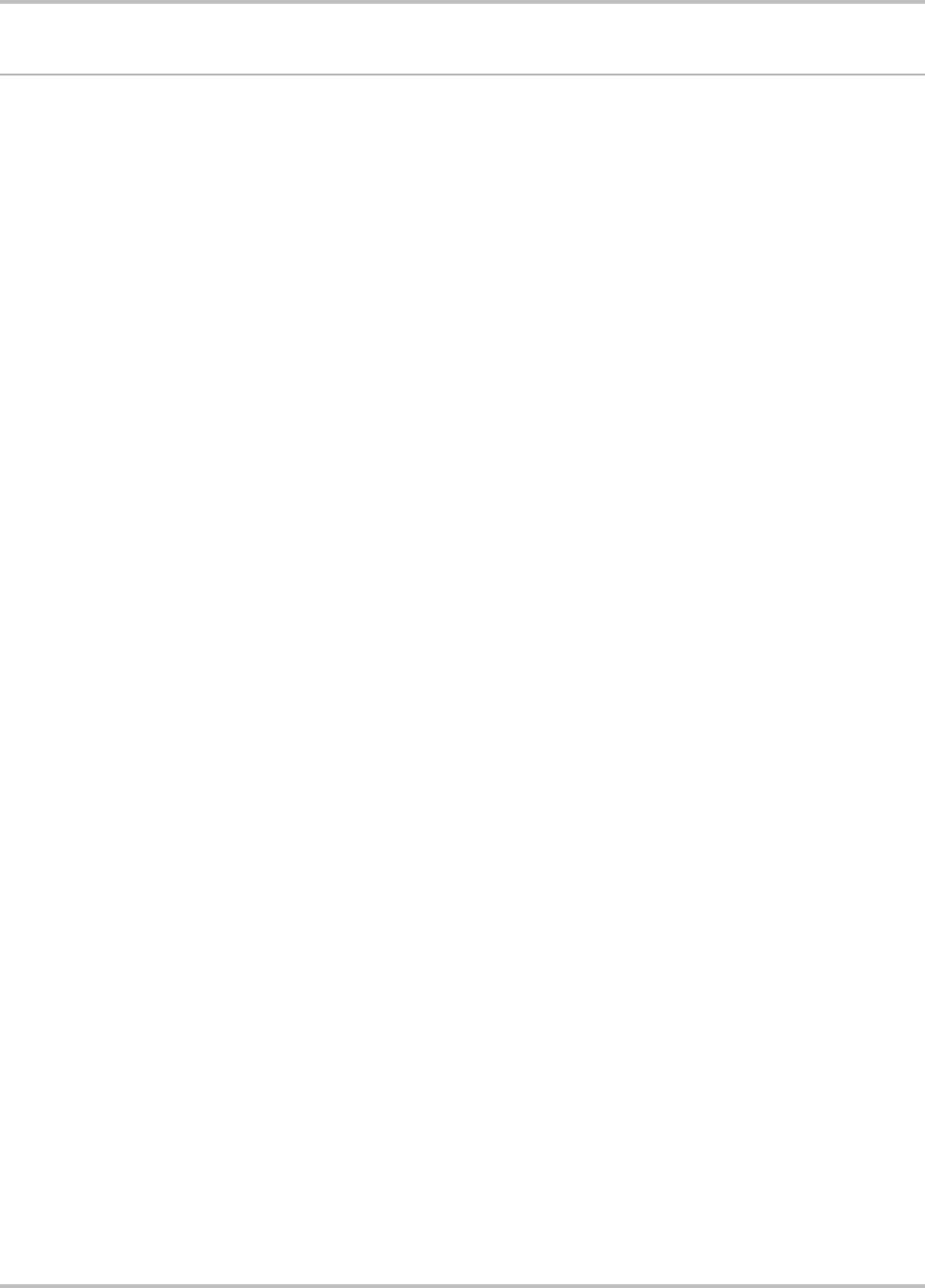
AppendixTANDBERG Director Videoconferencing System
99
Appendix 4: Environmental & operational considerations
Guidelines for Optimal Videoconferencing Environments
The following are a set of guidelines to consider when either building a videoconferencing room, or
using an existing room for videoconferencing.
LIGHTING
- Low Contrast desired for light intensity.
- No dark spots.
- Intensity @ table 800 - 1400 Lux as measured
with an Incident light meter.
- Intensity @ back wall: minimum ˚ of that
measured at table, Max ∫ of that measured at
table.
- Color temperature: Depends upon wall color and
camera.
- Typically 3200 - 3600 degrees Kelvin
- Block sunlight from entering room.
SEATING AREA (TABLE)
- Should allow all participants to see Monitors.
- Should allow camera to “see” all participants.
- Should allow participants to see each other.
- Should allow 3 linear feet for each participant.
- Non-shiny non-patterned preferably light grey
surface (if table used).
WALLS
- Color: Depends on participants skin tones,
cameras, and lighting. Generally high contrast
color desired . Light blue is commonly used.
- Acoustically reflective surfaces (such as glass or
concrete) should be covered with curtains or
sound treatment.
AUDIO
- Noise Floor Maximum 50dBC.
- Noise Floor preferred less than 44dBC.
- Reverb Time .3 to .5 sec.
- Absorption Coefficient .25 to .45.
- No flutter echoes.
VENTILATION
- Keep in mind Noise Floor.
- 300W (1024 BTU/HR) per person.
- 400W (1365 BTU/HR) for equipment.
- Intake and exhaust should be located near
equipment.
- Velocity = Noise. Therefore keep velocity of air
low.
MONITOR SIZE
- Optimal distance from monitor for viewing people
is about 7.5 x monitor size.
- Optimal distance from monitor for viewing
documents is about 3.25 x monitor size.
- Viewing Angle: 45 degrees off axis maximum.
ROOM
- Should be located away from noise
- Should not have windows
- Doors should be located off camera - A “diamond”
shape gives best viewing angles, camera
angles, and can seat the most people.
LIGHTING
Type Temp
Bright Daylight near equator 10 000K to 30 000K
Metal Halide Lamp 10 000K
Verilux Reptile Daylight 6 500K
Daylight White Fluorescent 6 300K
Verilux Full spectrum Fluor 6 280K
Verilux Reptile D-light 5 600K
Average Daylight 5 500K
Cool White 4 200K
Lite White 4 150K
3500K Fluorescent 3 500K
Warm White 3000-3200K
100W Light bulb 2 850K
Candlelight 1 900K
Source Intensity
Sunlight 30 000 to 100 000Lux
TV Studio 2000Lux
Average office 400Lux
By my Computer 600Lux
Moonlight 1Lux
Note: As measured with an incident light meter.



